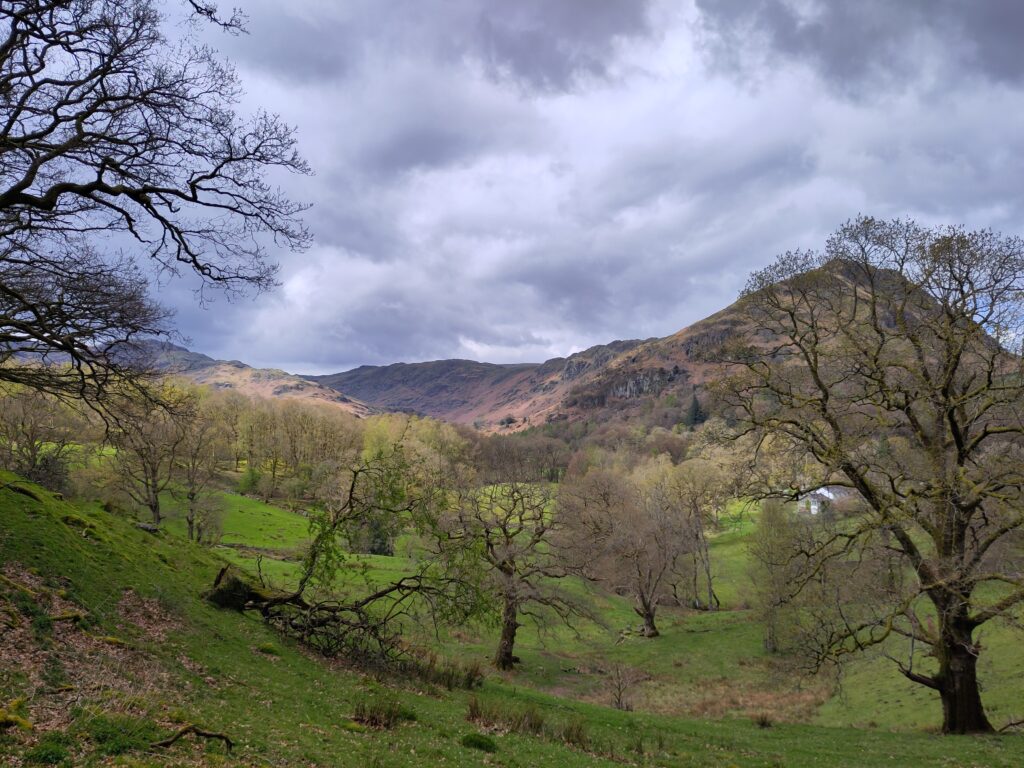The great revelation of 17th century Quakers was their lived experience of direct immediate contact with God. Even though we may now use different terms to describe our sense of the sacred, our meetings for worship continue to provide the place for such experience when we come together in a gathered meeting. I have sometimes wondered, though, how much the depth of meeting for worship is enhanced by Friends’ personal spiritual practice.
There is, of course, a wide variety of spiritual practices, captured for Friends in such books as Ginny Wall’s Deepening the life of the Spirit [i] and Patricia Loring’s Listening Spirituality [ii]. Both mention Centering Prayer as a simple method in which
‘You withdraw attention from thoughts in order to rest in a gentle, open attentiveness to divine reality itself – consenting to the presence and action of God.’ [iii]
It involves using a single word to let go of all thoughts. Then one lets go of the word and comes to rest in objectless awareness.
In 1987 I first came across the fourteenth century text and foundational text for Centering Prayer, The Cloud of Unknowing [iv] and I knew then that I’d found something I was looking for – a way to enter the sacred, a direct approach to God, and something that I believed would deepen my experience of meeting for worship:
‘Do not pray with words unless you feel you really must’
and
‘…look that nothing remains in your conscious mind but a naked intent stretching unto God, not clothed in any particular thought about God – what he is like in himself or in any of his works – but only that he is as he is.’[v]
Having practised Centering Prayer for over six years, I realise that it has become an essential element of my Quakerism. Once a week meeting for worship isn’t enough! For me, the method provides a structured and supported approach to the daily discipline that I need to open more deeply to the life of the Spirit. I do not consider myself an expert in Centering Prayer. The practice can be challenging and often I don’t feel I’m getting anywhere, so I’m heartened by the advice ‘You just have to show up,’ that is, stick to the daily practice.
The theory and practice of Centering Prayer has illuminated for me what early Friends described and the method has provided a structured way to enter more deeply into the experience of being Quaker. It’s a practice that’s about letting go into God, a practice that deepens and sheds light on my experience of life and, I hope, grounds how I am in the world. The last few years have brought several major life events for me and I know that it’s been the experience of the Centering Prayer that has helped keep me grounded – the assurance that there is something firm beneath my everyday experience. I’ve learnt about the fundamental premise of Centering Prayer: surrender, or, more truthfully, ‘being surrendered’ to what is. It’s a deep acceptance, not a resignation to but an embracing of what is, in my own life and in the world, with all its pain and the sadness as well as joy and hope.
While Centering Prayer is primarily a personal spiritual practice and is different from meeting for worship it has deepened my experience of meeting for worship. The practice, the teachings and the way of life Centering Prayer nurtures is, as far as I understand it, entirely compatible with my Quaker faith. It’s one way of approaching closer to that mystery, one which is there in Jesus’ teaching and in what early Quakers discovered. I believe I’ve found something of value that I feel led to share – something that takes me to the heart of my Quaker faith.
Dana Littlepage Smith and I are offering a Woodbrooke course on Centering Prayer 4 April – 9 May 2024, Thursdays, 19:30-21:00.
Book your place on Centering Prayer
- Ginny Wall, Deepening the Life of the Spirit: Resources for Spiritual Practice (London: Quaker Books, 2012).
- Patricia Loring, Listening Spirituality, vol. II Corporate Spiritual Practice Among Friends (U.S.A: Openings Press, 1999,2009).
- Cynthia Bourgeault, The Heart of Centering Prayer : Nondual Christianity in Theory and Practice, First Edition. ed. (Boulder: Shambhala, 2016), 13.
- C. Wolters, Cloud of Unknowing and Other Works ([S.l.]: Penguin, 1978).
- Bancroft, 166.




